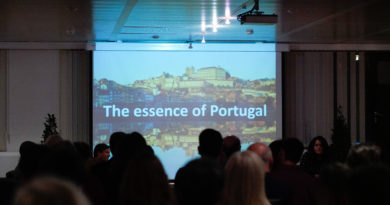13 fascinating Belgian traditions recognized as UNESCO cultural legacies
Every year, the United Nations Educational, Scientific, and Cultural Organisation (UNESCO) selects World Heritage sites or national landmarks with outstanding historical, cultural, and scientific value. But aside from significant places and monuments, UNESCO also honors the most remarkable cultural practices from all over the world.
In Belgium, there are 13 proclaimed World Heritage sites, including the Grand Place, the Major Town Houses of Victor Horta, and the Stoclet Palace in Brussels. Now let’s discover 13 cultural treasures from Belgium that have earned a place in UNESCO’s Representative List of the Intangible Cultural Heritage of Humanity.
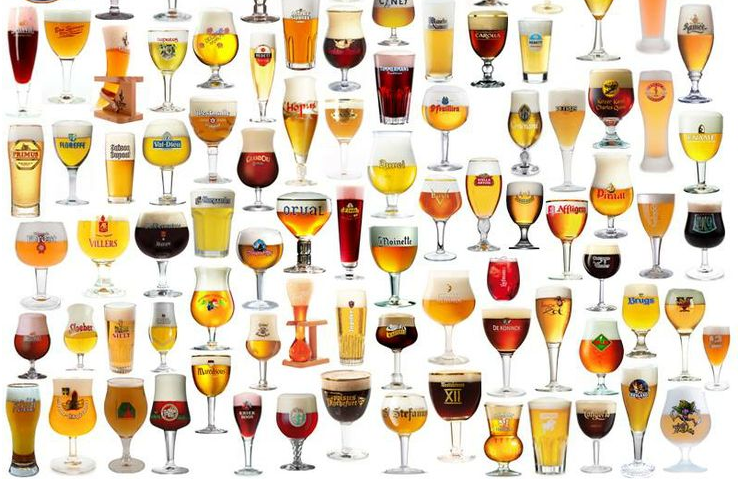
1. Beer culture
Of course. Who can beat the Belgians when it comes to brewing, drinking, and anything that has to do with beer? This great tradition has been a way of life in Belgium since the Middle Ages. The country has about 1,500 types of beer and 261 breweries where brewing skills and techniques are passed on from generation to generation.
According to the Brewers of Europe, a typical Belgian drinker consumes an average of 459 glasses of beer per year. And any ordinary glass won’t do. For the Belgians, every kind of beer has its own special glassware. Beer culture at its finest in every way.
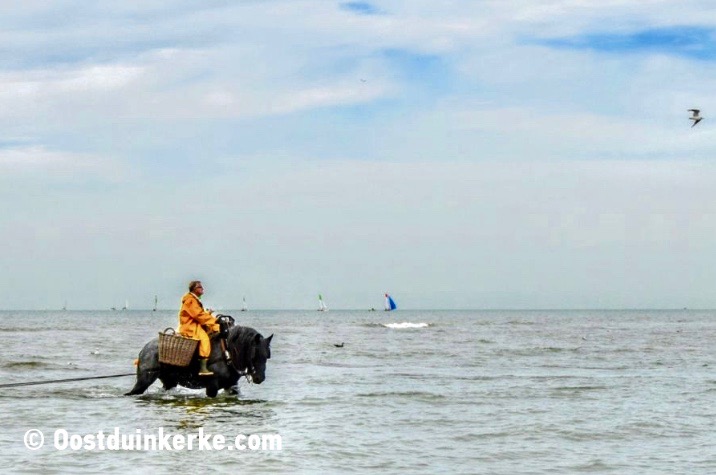
2. Shrimp fishing on horseback in Oostduinkerke
Yes, such a thing exists. In fact, the town of Oostduinkerke in West Flanders is the only place in the world where horseback shrimp fishing is still practiced.
In this 500-year-old tradition, shrimp fishermen dressed in yellow raincoats and high boots ride their horses breast-deep into the water at low tide. The horse pulls a net and drags a chain through the sand. Vibrations created by the chain rattle the shrimps into jumping into the net. The catch is then deposited into baskets fastened to the saddle.
Horse-riding shrimpers demonstrate their craft during the annual Shrimp Festival of Oostduinkerke in the last weekend of June. The event, which attracts over 10,000 visitors a year, also features a shrimp parade and a shrimp catching contest for kids.
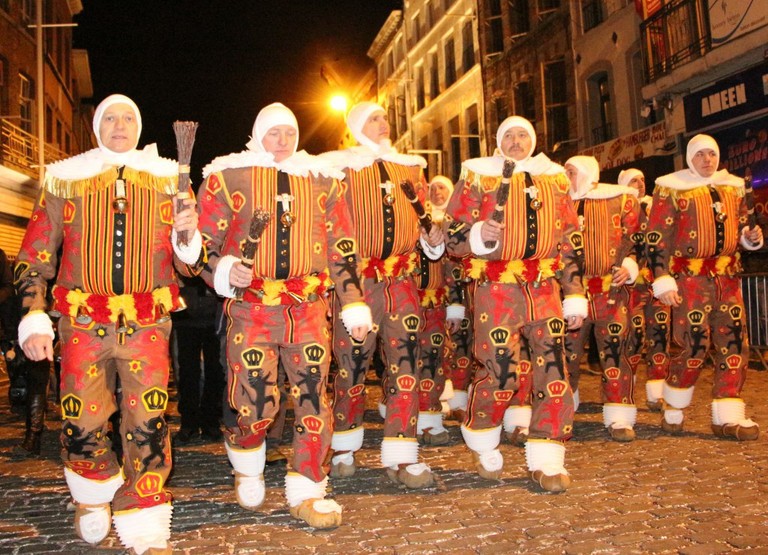
3. Carnival of Binche
The three-day carnival in the Walloon town of Binche is one of the wackiest festivals in Belgium. The celebrations feature adrenaline-pumping parades, merrymakers in the most extravagant costumes, and tons of music and dancing.
The carnival is celebrated on Sunday, Monday, and Tuesday before Ash Wednesday during the Christian season of Lent. In Catholic tradition, Ash Wednesday is a day of fasting and abstinence. Hence, the Binche Carnival is a time to party as hard as you can before the day when everyone has to behave.
The highlight of the carnival happens on Tuesday or Mardi Gras when townsfolk parade the streets dressed as Gilles, the legendary clown. Wearing red, yellow, and black costumes, wooden clogs, and wax masks, the Gilles impersonators perform an elaborate dance to the beat of the drum and the sound of violas. Pierrots, harlequins, and peasants also join in the fun. With roots dating back to the Middle Ages, the Carnival of Binche is one of the oldest surviving carnivals in Europe.
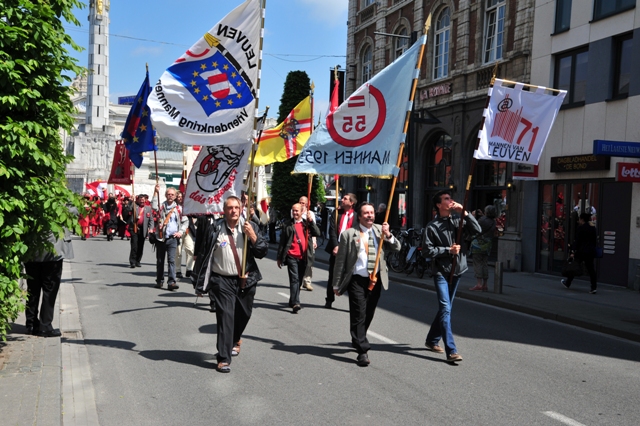
4. Age set ritual in Leuven
In Leuven, it is customary for men born in the same year to form a society when they reach the age of 40. Each group or age set chooses its own medal, flag, and uniform.
The members of an age set engage in socio-cultural and philanthropic activities which culminate in a grand celebration 10 years later when they all reach the age of 50. But the fellowship lives on and most of the members become friends for life. Today, there are about 54 age sets in Leuven and more groups are formed each year.
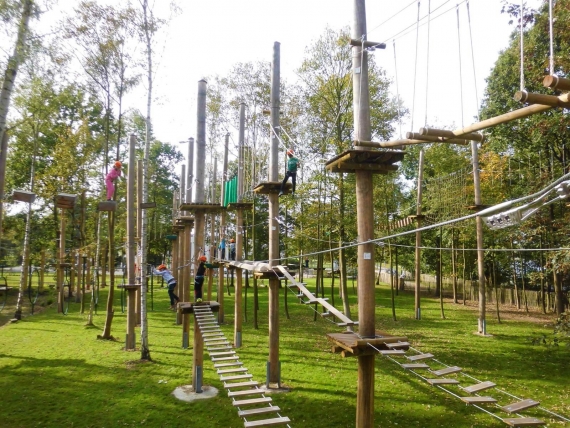
5. Ludodiversity
Have your heard of popinjay shooting or feather bowling? These are just some examples of Belgium’s ludo-diversity or the culture of promoting a wide variety of games, sports, dances, acrobatics, and physical exercises.
In 2011, UNESCO included Belgium’s ludo-diversity program in its Register of Good Safeguarding Practices which cites exemplary government measures to protect cultural heritage. The non-profit organization, Sportimonium, works with local communities and associations to promote and protect the heritage of games and sports in the Flanders region.
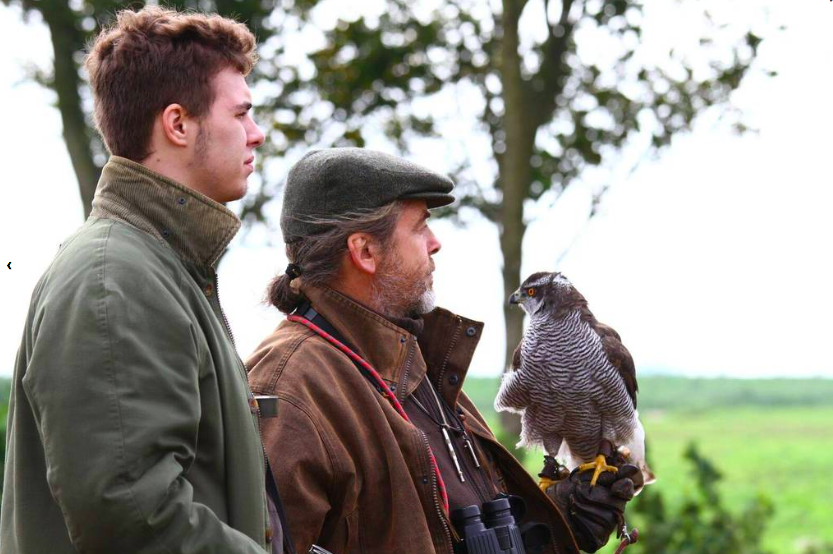
6. Falconry
Falconry is a method of hunting wild animals using birds of prey instead of weapons. Falconers breed, protect, and train hawks or eagles to catch game. But it is less about hunting and more about the bond that develops between a falconer and his feathered apprentice. This hunting tradition is also a means of preserving a connection with nature and traditional culture.
The practice of falconry dates back to more than 4,000 years. It first developed in Asia and spread to Europe and North Africa. In Belgium, falconry became an exercise during the 14th and 15th centuries in the Duchy of Brabant. Today, the tradition remains alive particularly in the region of Wallonia.
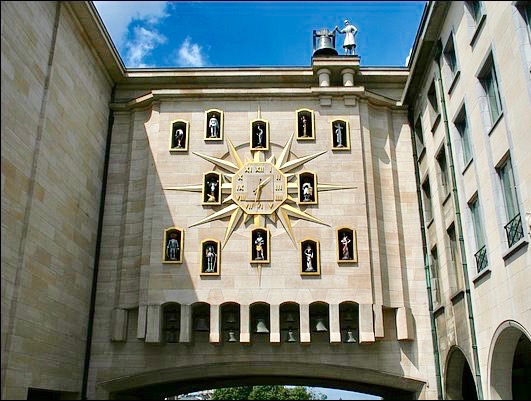
7. Carillon culture
Ever hear the bells ringing at Mont des Arts in Brussels? You are listening to an example of carillon music which emanates from an instrument composed of bells. This type of music is traditionally performed by carillonneurs during market and festive days in many parts of Belgium.
Belgium’s efforts to preserve its carillon culture were recognized by UNESCO in 2011 and added to the Register of Good Safeguarding Practices. These efforts focus on the development of instruments, music composition, maintaining and restoring historic carillons, and teaching the art of carillon music. One of the world-famous carillon schools is found in the Belgian city of Mechelen.
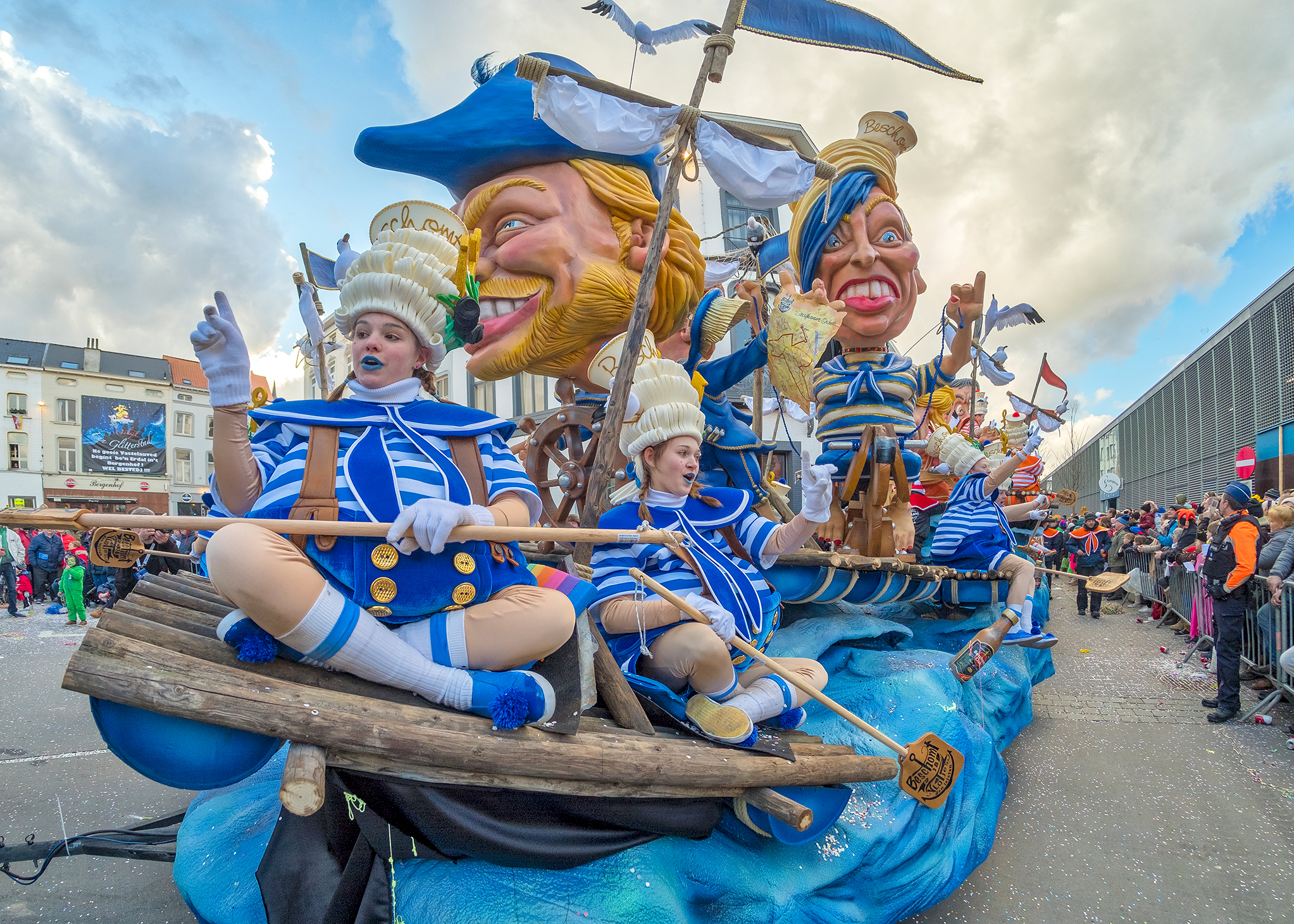
8. Carnival of Aalst
Like the Carnival of Binche, the Aalst Carnival is celebrated during the three days preceding Ash Wednesday. This 600-year-old festivity unfolds with plenty of subversive humor as participants mimic and make fun of local and international politicians. The carnival also features a parade of politically themed effigies and floats, a broom dance in the central market, and a pageant of men dressed in women’s clothes.

9. Procession of the Holy Blood in Bruges
Sometime in the 13th century, a citizen of Bruges who joined the Holy Crusades returned to the city bringing back remnants of the blood of Jesus Christ. Since then, the relic has been the centerpiece of the procession held every year on the feast of the Ascension.
Although solemn in character, the Procession of the Holy Blood is not without fun and entertainment. Thousands of revellers march in the parade wearing all sorts of costumes. Floats, bands, and choirs also play a part in the grand spectacle. Throngs of tourists flock to the city to witness the event also called “the most beautiful day in Bruges.”
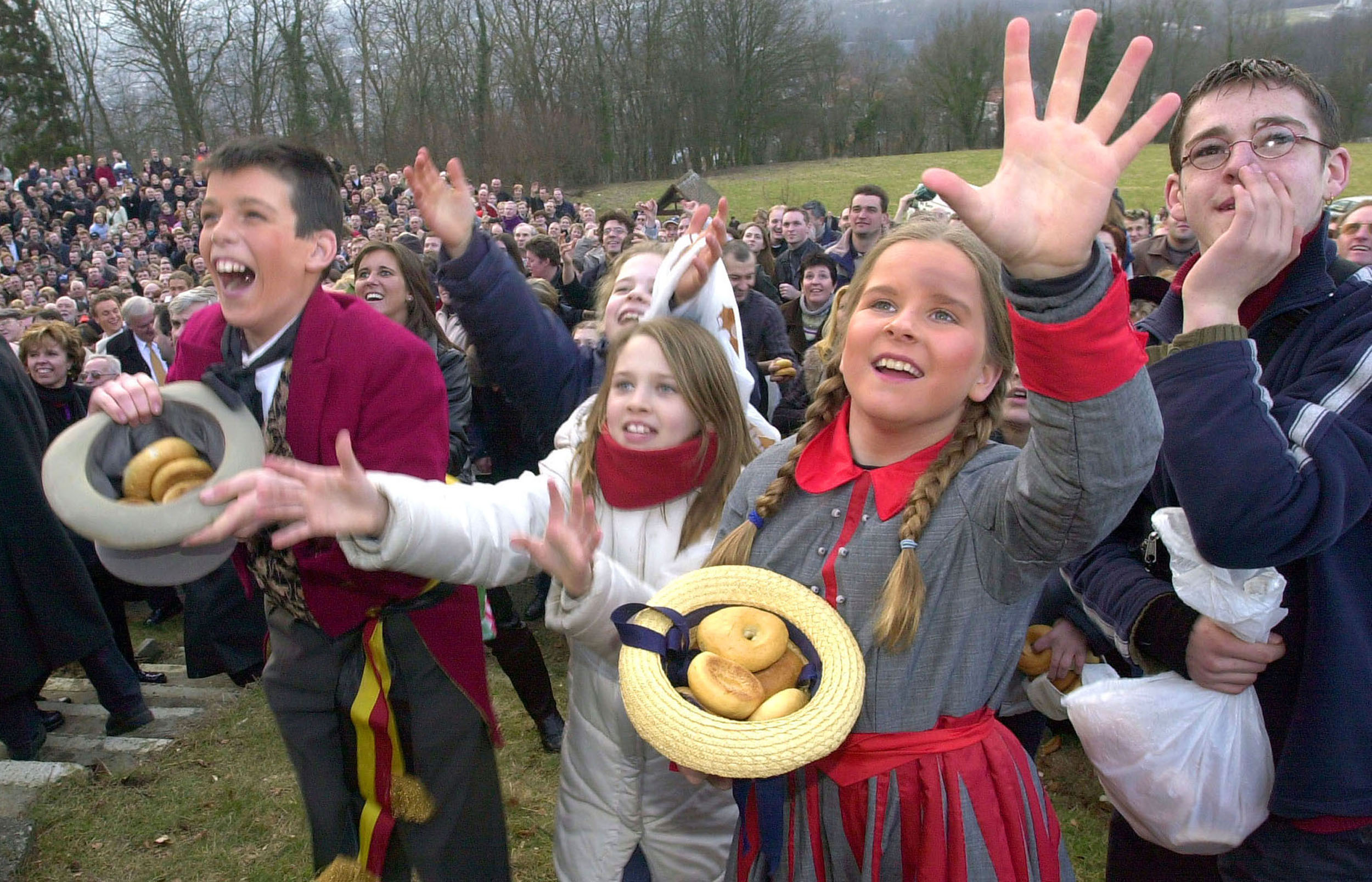
10. Festival of Krakelingen and Tonnekensbrand in Geraardsbergen
The Flemish city of Geraardsbergen celebrates the double festival of Krakelingen and Tonnekensbrand every last Sunday of February.
Krakelingen refers to the krakeling, a donut-shaped bread especially prepared for the occasion. Thousands of krakeling are thrown onto the crowd during the festival. The ritual evokes the events of 1381 when Geraardsbergen was surrounded by enemy troops who ordered the city’s inhabitants to surrender or die of starvation. In defiance, the people of Geraardsbergen threw bread and fish over the city’s walls to show they had enough food supply. Unfortunately, the bluff didn’t work.
Tonnekensbrand is a wooden barrel which is lit up at the end of the festival to signify the end of winter and the arrival of spring. Between the Krakelingen and the Tonnekensbrand, many other things happen including a ritual of drinking wine from a goblet containing a live fish.
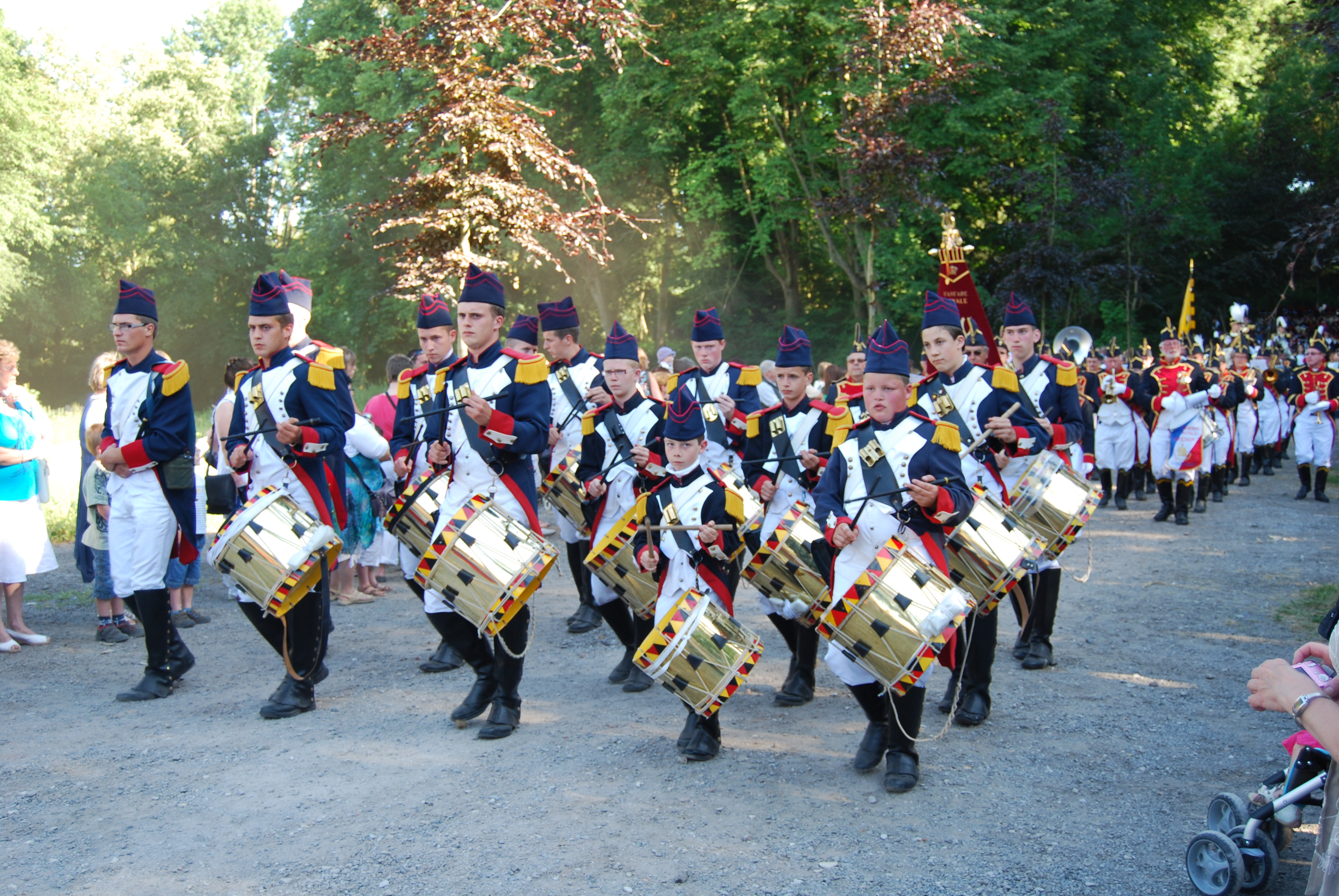
11. Marches of Entre-Sambre-et-Meuse
Entre-Sambre-et-Meuse is a region lying between the rivers Meuse and Sambre and straddling the provinces of Hainaut and Namur. Every year from May to October, the villages and towns in the region participate in religious processions dedicated to their local saints. Marching bands parade the streets dressed in military uniforms.
The folkloric marches of the Entre-Sambre-et-Meuse find their origins in the processions of the cross which were held eight days after Pentecost during the Middle Ages. Although the tradition has become less religious in nature through the years, the marches continue to perform an important role in fostering social cohesion among the communities of Entre-Sambre-et-Meuse.
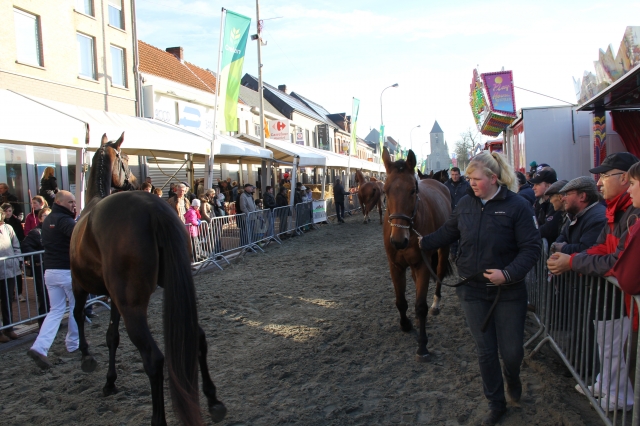
12. Houtem Jaarmarkt in Sint-Lievens-Houtem
The Houtem Jaarmarkt is an annual livestock fair that takes place on the 11th and 12th of November in the Flemish municipality of Sint-Lievens-Houtem. During the event, hundreds of dealers trade and sell cattle, horses, and agricultural machinery. The open-air market is a meeting point for farmers and artisans from all over Belgium and other countries.
The annual fair evolved from the tradition of doing a pilgrimage from Ghent to Sint-Lievens-Houtem during the Middle Ages. Pilgrims on their way to the grave of St. Livinus gathered in the village to sell and trade livestock and textiles.
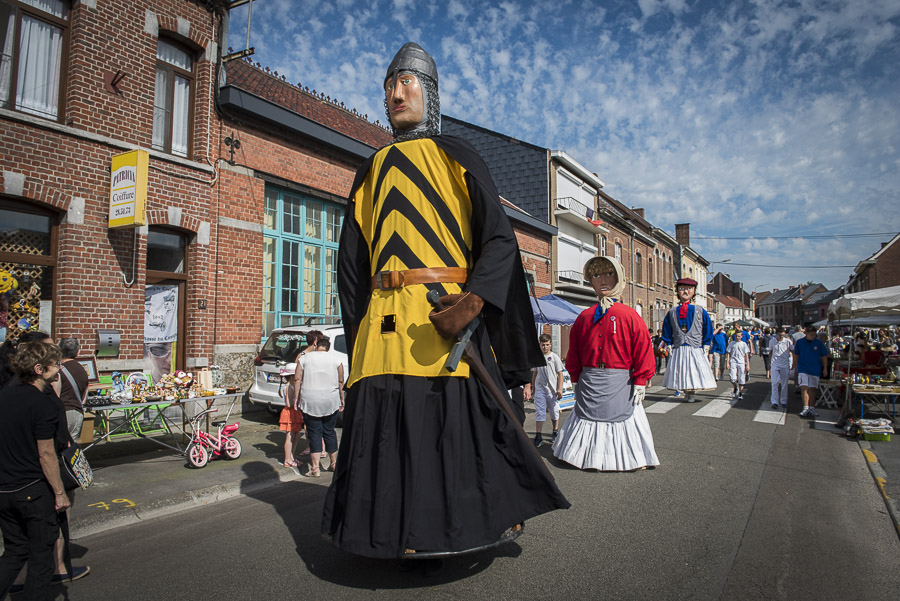
13. Procession of giants and dragons
The tradition of parading effigies of giants and dragons first appeared in religious processions at the end of the 14th century in many European towns particularly in Belgium and France. This cultural practice still thrives in Brussels and other Belgian cities including Ath, Dendermonde, Mechelen and Mons. The effigies serve as emblems of the history, legend, and life of each city.


